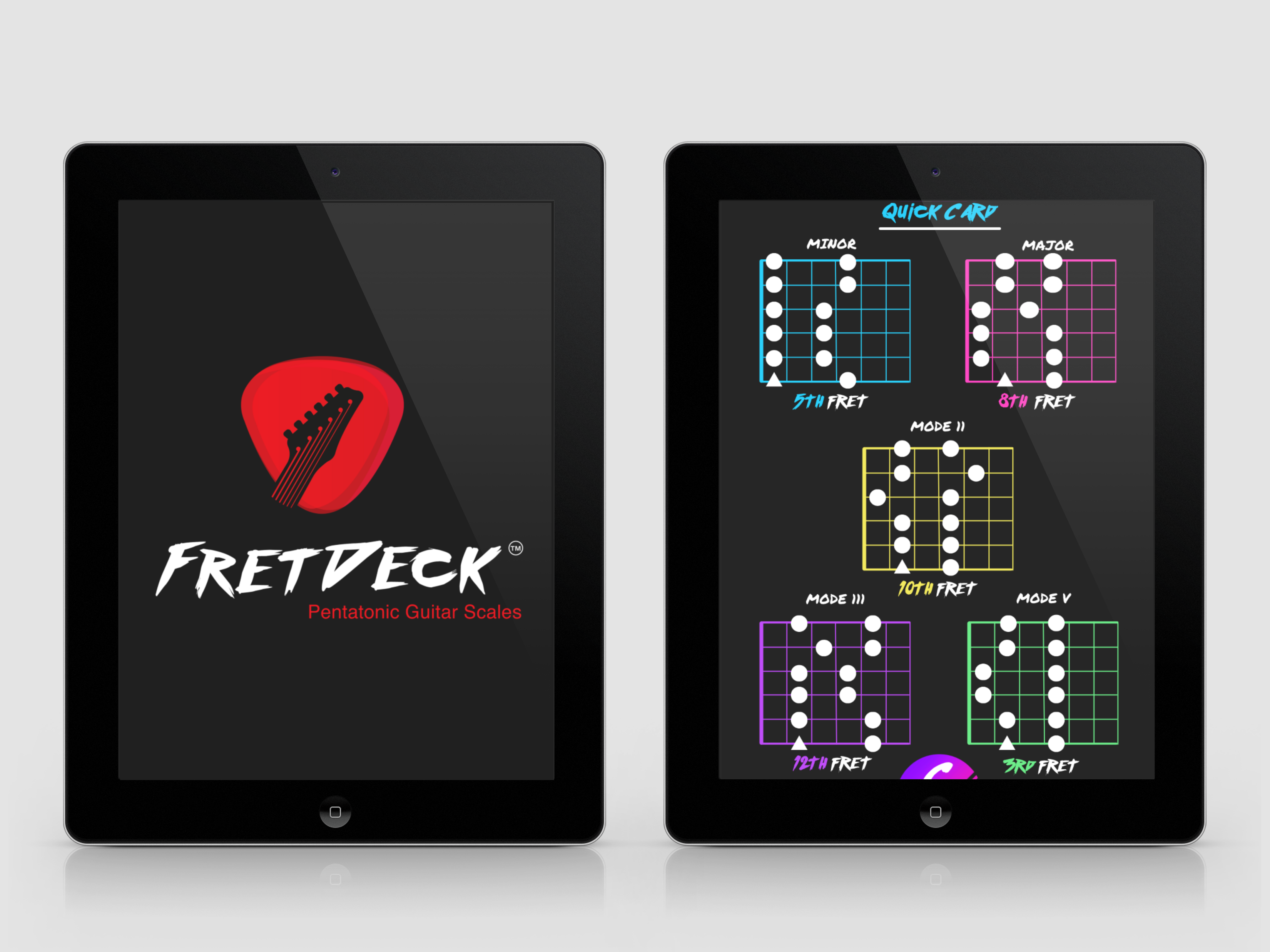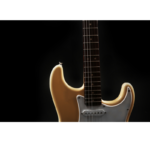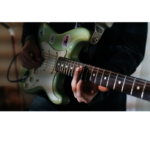Unlocking the Power of the Pentatonic Guitar: A Complete Guide
The pentatonic scale is a guitarist’s best friend, known for its simplicity, versatility, and ability to blend seamlessly into various musical genres. Whether you’re into rock, blues, jazz, or country, mastering pentatonic guitar scales is essential to developing your improvisational skills and expressing yourself creatively on the fretboard.
In this guide, we’ll explore how to implement pentatonic scale patterns on the guitar, dive into the differences between minor and major pentatonic scales, and explain the three key modes within the pentatonic system (Mode 2, Mode 3, and Mode 5). By the end of this article, you’ll have a solid understanding of how pentatonic guitar scales work and how to incorporate them into your playing.
Let’s get started!
What is the Pentatonic Scale?
The word “pentatonic” comes from the Greek word “pente,” meaning five. A pentatonic scale is a musical scale with five notes per octave. These five notes create a structure that is both simple and powerful, allowing players to navigate the fretboard easily and play melodies that feel natural and musical.
The two most common pentatonic scales used by guitarists are the minor pentatonic and major pentatonic scales.
- Minor Pentatonic Scale: This scale is often used in rock, blues, and funk. It has a raw, edgy sound that lends itself well to soloing.
- Major Pentatonic Scale: The major version has a brighter, happier tone and is frequently heard in country, folk, and pop music.

❌ Stop Guessing. Start Shredding.
If you’re still fumbling through scale patterns and box shapes… it’s costing you progress.
FretDeck™ is the no-fluff system that shows you exactly how to master the fretboard—fast. Early access.
⚡️ This isn’t for dabblers. It’s for players who want results.
👉 Click here to join the pre-launch now
Early access. Limited rewards. Don’t wait.
How to Implement Pentatonic Scale Patterns on Guitar
Pentatonic guitar scales are often divided into five distinct patterns or shapes across the fretboard. Each of these patterns can be moved up and down the neck to fit different keys. Understanding these patterns is key to unlocking your improvisational abilities.
- Pattern 1 (Root Position): This is often where beginners start, especially with the minor pentatonic scale. It’s positioned where the root note (the note that gives the scale its key) begins on the low E string. For example, in the A minor pentatonic scale, this pattern starts at the 5th fret.
- Pattern 2 (Mode 2): This shape begins two frets higher than the root position and shifts the pattern across the fretboard. Mode 2 tends to have a smoother sound and can easily blend into lead playing.
- Pattern 3 (Mode 3): Mode 3 is positioned further up the neck, providing a higher range. It’s useful for building tension in solos and can create a transition between different octaves.
- Pattern 4 (Mode 5): One of the most dynamic modes, Mode 5 creates a wide-open sound and is often used by rock guitarists for climactic solos.
By learning these patterns, you’ll be able to move seamlessly across the fretboard, playing the same scale in different octaves or positions.
Playing the Minor Pentatonic Scale
The minor pentatonic scale is an essential tool for any guitarist. It’s based on the natural minor scale, but with two notes removed, making it easier to navigate.
Here’s how the A minor pentatonic scale looks in the first pattern:
- A (5th fret, low E string)
- C (8th fret, low E string)
- D (5th fret, A string)
- E (7th fret, A string)
- G (5th fret, D string)
- A (7th fret, D string)
This basic pattern can be moved anywhere on the fretboard to play in different keys. For example, shifting it up to the 7th fret on the low E string would give you the B minor pentatonic scale.
Major Pentatonic Scale: How It Differs
While the minor pentatonic scale is based on the minor scale, the major pentatonic scale is derived from the major scale.
For example, here’s the C major pentatonic scale in its root position (Pattern 1):
- C (8th fret, low E string)
- D (10th fret, low E string)
- E (7th fret, A string)
- G (10th fret, A string)
- A (7th fret, D string)
- C (10th fret, D string)
The major pentatonic scale has a brighter sound, perfect for creating uplifting solos and melodies. Once you understand the minor pentatonic scale, the major pentatonic is easy to grasp because it shares the same pattern shapes—just with a different tonal center.
The 3 Modes of the Pentatonic Scale
Now that you know the basic pentatonic scales, let’s dive deeper into Mode 2, Mode 3, and Mode 5, which give you the flexibility to play the pentatonic scale across the entire fretboard.
1. Mode 2
Mode 2 of the pentatonic scale is played two frets higher than the root position and has a slightly different structure. This mode helps guitarists transition into new positions on the neck.
For example, in the A minor pentatonic scale, Mode 2 starts at the 7th fret on the low E string:
- B (7th fret, low E string)
- D (10th fret, low E string)
- E (7th fret, A string)
- G (10th fret, A string)
- A (7th fret, D string)
Mode 2 is a great stepping stone for expanding your soloing range, as it moves into the higher notes of the scale.
2. Mode 3
Mode 3, found further up the neck, opens up another octave of the pentatonic scale. It’s ideal for moving into higher-pitched solos or creating tension within a solo.
In the A minor pentatonic, Mode 3 begins at the 9th fret on the low E string:
- C (9th fret, low E string)
- E (12th fret, low E string)
- G (10th fret, A string)
- A (12th fret, A string)
- C (9th fret, D string)
3. Mode 5
Mode 5 provides a broader tonal range, making it great for dynamic solos. It’s found in the middle of the fretboard, giving you access to both the lower and higher notes.
In the A minor pentatonic, Mode 5 starts at the 12th fret:
- E (12th fret, low E string)
- G (15th fret, low E string)
- A (12th fret, A string)
- C (15th fret, A string)
- D (12th fret, D string)
With these three modes, you have a solid foundation for soloing across the entire fretboard, making it easy to transition between positions and add variety to your playing.
Darren’s Journey: Learning Pentatonic Scales with Jam Tracks
I’ve had the pleasure of teaching many students how to master pentatonic scales, but one story stands out: Darren’s.
When Darren started learning guitar, he struggled with soloing and improvisation. Like many beginners, he found it difficult to connect the dots between the pentatonic scale patterns on the guitar. He could play the notes, but they didn’t quite sound like music yet.
So, I gave Darren a new challenge: practice the pentatonic scales over jam tracks.
Jam tracks are backing tracks that allow you to practice soloing over chord progressions, and they’re a great way to develop your improvisation skills. For Darren, it was a game-changer. I started him with a simple A minor pentatonic jam track, and I showed him how to navigate through Patterns 1, 2, and 3.
Darren quickly realized that the pentatonic scale wasn’t just about playing a set of memorized notes—it was about connecting with the music. He began improvising solos that were both melodic and expressive, and soon he was moving fluidly across the fretboard using the different pentatonic modes.
Within weeks, Darren had developed a keen ear for creating dynamic solos, transitioning between the patterns effortlessly. What started as a struggle with pentatonic scales turned into one of his strengths as a guitarist. The jam tracks allowed him to understand the relationship between the scales and the music, giving him the freedom to express himself creatively.
Bringing Pentatonic Guitar into Your Playing
Pentatonic guitar scales are the building blocks for great soloing, but they’re also more than that—they offer you a way to connect with your instrument on a deeper level. Whether you’re working with the minor pentatonic, the major pentatonic, or exploring the different modes (Mode 2, Mode 3, and Mode 5), the possibilities are endless.
Try integrating pentatonic scales into your playing by using jam tracks, just like Darren did. Practice moving between the different patterns and modes, and soon you’ll be able to navigate the fretboard with confidence.
Remember, the pentatonic scale is one of the most versatile tools in your guitar arsenal. Whether you’re writing a song, improvising a solo, or jamming with friends, pentatonic guitar scales will always give you a solid foundation to work from.

Download The FretDeck & Pentatonic Secrets Course!
Download Our Course










